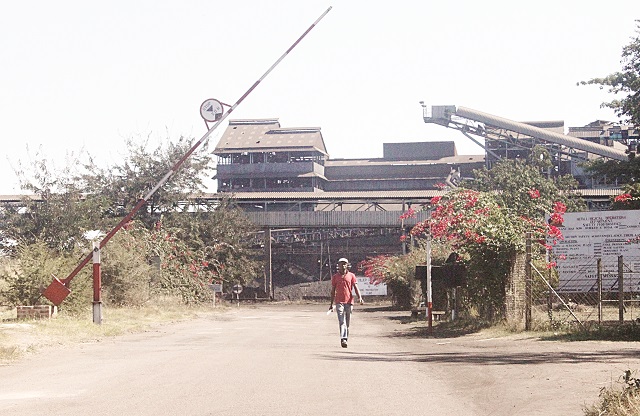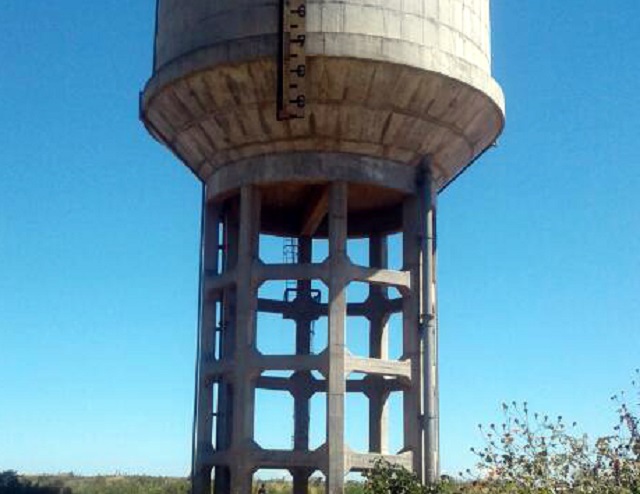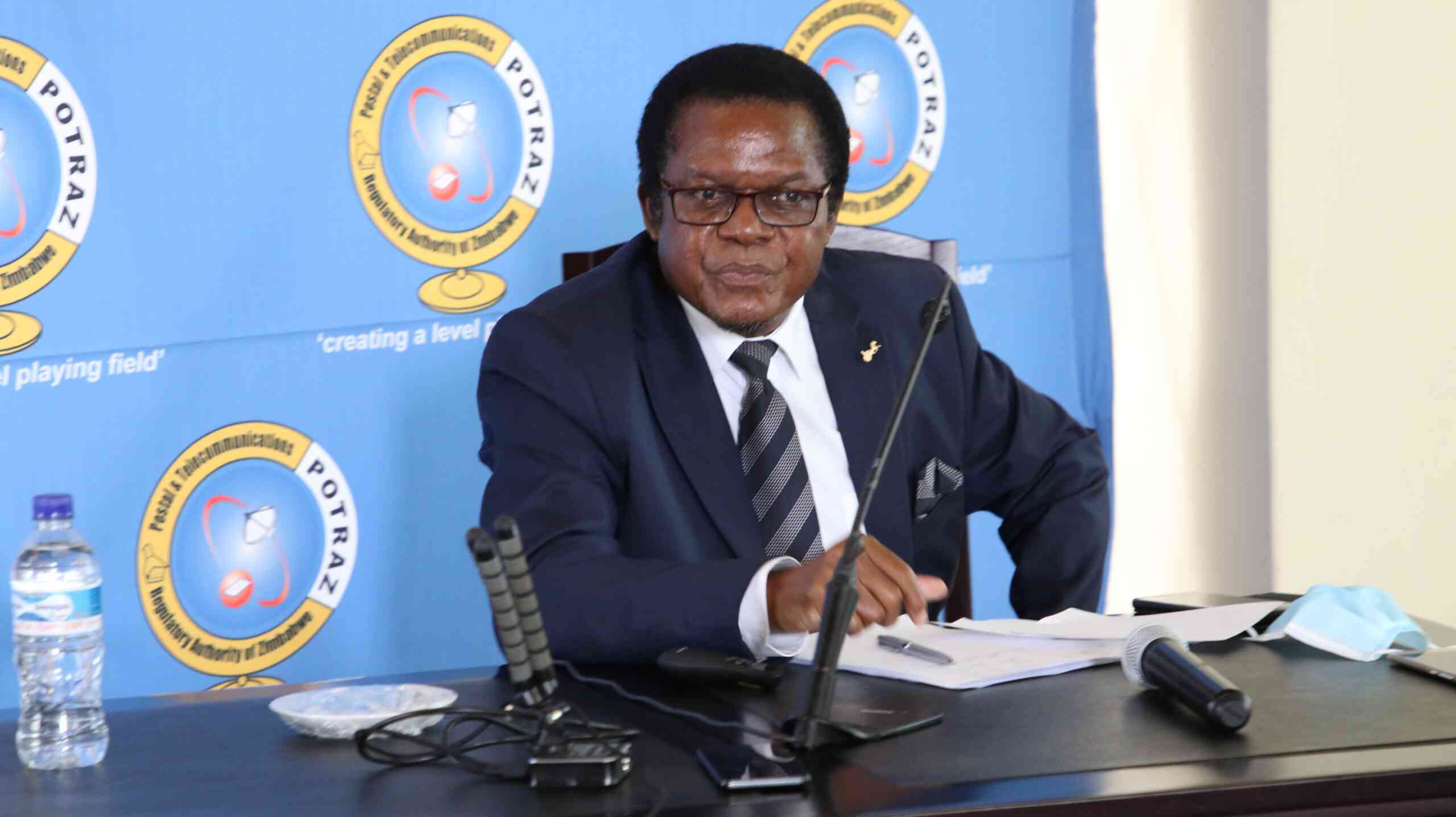Hwange Colliery turnaround: Beyond rhetoric

Prosper Ndlovu, Business Editor
THERE is a lot of talk about turning around Hwange Colliery Company Limited (HCCL), a strategic entity in Zimbabwe’s economy. The rhetoric around this desired transformation through a scheme of arrangement sounds good to the ear, yet a candid analysis of the state of affairs at the firm points to a deep seated crisis.
It is a fact that Hwange Colliery is insolvent and the firm has admitted to that as it now survives on the basis of its status as a strategic enterprise. The sad reality about the colliery is exposed by negative operational performance as revealed in its financial results since 2012. The company’s current asset value has since 2012 deteriorated while liabilities within the same period have ballooned from about $125 million to nearly $300 million in 2016.
The company’s balance sheet in the last three years has also shrinked from a positive shareholders’ equity of about $ 37.2 million to a negative $ 167.7 million. The balance sheet has been weakening since 2012 when net current liabilities started to exceed current assets. If due diligence was taken, shareholders should have taken measures to deal with the deteriorating situation before 2014 when the trend towards insolvency was unfolding.
Hwange Colliery has been in the red for some time with a drastic nose dive in revenue of $39 million in 2016 from $67 million in 2015 and $83 million in the prior year. The company’s gross mining profit has also plunged with the same trend recorded in non-core activities such as estates and medical services revenue. Scores of qualified personnel in these units have also deserted the entity due to deteriorating working conditions.
Previous financial statements also show that the company was selling its products at a loss. For instance the colliery made $45 million loss against sales of $32 million in 2016. At this trend, experts say the sales would have to increase almost three-fold to over $90 million for the company to make a gross profit. This reflects a pricing problem and production costs, which are not market related. The mining costs are more than the selling prices of products.
Given the above discussed challenges it follows, therefore, that mining output would be inevitably crippled with reports showing a drop from raw coal average output of 1,786 million tons in 2014 to a paltry 969 million tons in 2016. It is ironic that mining output has been on a decline and there is no significant change even after the company acquired mining equipment for $ 32 million, which was secured through Government facilitation from India and Belarus. The equipment was officially commissioned by Vice President Phelekezela Mphoko mid-2015. At the moment Hwange Colliery seems to be dependent on the contractor, Mota Engil, with no sound operations on its own. The secured equipment is reportedly faulty and not suitable for the local environment, raising questions on its procurement integrity yet the Government will have to pay the loan funds to creditors.
Despite the challenging macro-economic environment, one would be forgiven for concluding that the state of affairs at Hwange Colliery raises more queries about the calibre of management and the board, who by right, should complement Government efforts to revive the colliery, preserve and create more jobs.
According to colliery workers, the chief cause of the collapse of the company is mismanagement arising from weak corporate governance. Evidence of leakages dominates the talk about Hwange. Last year an internal audit report exposed a $2 million scam of paid for supplies that were never delivered to the company. There are no reports of what has been done about that to date. Yet the proposed scheme of arrangement does not speak or seek to address this challenge but retains the same leadership.
For a company that is technically insolvent with a heavy debt to creditors, workers have been pushing through the courts for a judicial management route.
Their argument is that the performance of the company as stated above, casts doubt that the leadership of the company will represent the interests of creditors. The bone of contention by workers is that the scheme of arrangement is being driven by directors appointed by Government as shareholder, which directors are responsible for running the company to its current state.
The Government as a shareholder changed the composition of creditors by issuing a shareholder loan recently in the form of Government Treasury Bills to Mota Engil. Some experts argue that this has the effect of predetermining the outcome of the creditors’ meeting.
“The state of the company demands that creditors take charge of the corporate governance process within more appropriate legal processes to redeem the company,” said Mr Reginald Shoko, a Bulawayo-based economic analyst and AAG regional officer.
“The accumulation of creditors is part of the mismanagement of the company. The scheme validates and concretises claims by creditors. The verification exercise by a firm of auditors was not a validation process to eliminate claims arising from mismanagement. Mismanagement by its inherent nature would have created fraudulent transactions.
“The scheme of arrangement overlooks this fact, which could be determined by a forensic audit process. There are creditors that are crowding out authentic creditors who are part of the scheme of arrangement. The company could get relief if fraudulent creditors were isolated. As given the scheme places all creditors at the same level.”
Mr Shoko said the Government as a shareholder should have insisted on a forensic audit ahead of committing public funds to the company that it has an interest in with other third parties.
“The actions so far undermine minority interests in respect of both shareholders and creditors,” he said.
Hwange Colliery is implementing a staff rationalisation exercise, which has already resulted in retrenchment of some senior management officers with plans to lay off nearly 1 000 workers looming. Workers and labour experts have criticised the move, which they say was centred on reducing headcount yet increasing liabilities.
“Workers are being retrenched on the basis of financial packages, which in effect increase creditors. This commits the company to future obligations compromising its recovery. It also makes the company less attractive to potential financiers,” said one of the workers.
From the ongoing debate Hwange Colliery is left with three options to salvage its fortunes. It can embrace the scheme of arrangement, which experts say is flawed but will give the incumbent leadership continuity with its inefficiencies. The other option is judicial management. Proponents of this model believe it will bring in new blood, fresh ideas and accountability to creditors and the courts. The third and painful option is liquidation, which essentially would lead to the closure of the colliery.
It is these issues that the board and management should grapple with if Hwange Colliery is to be saved. The company is going through a rough patch but there is still hope. There is high demand for colliery products with opportunities to develop more value added products compared to those that have been the mainstay of the company in the past. Perhaps the company requires a new leadership appointed on competencies that will generate confidence with stakeholders including workers, banks and suppliers. A complete turnaround needs proactive and concrete steps, which cannot be achieved through cheap rhetoric.










Comments